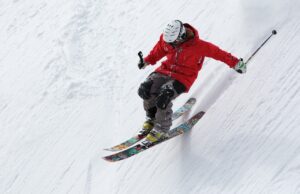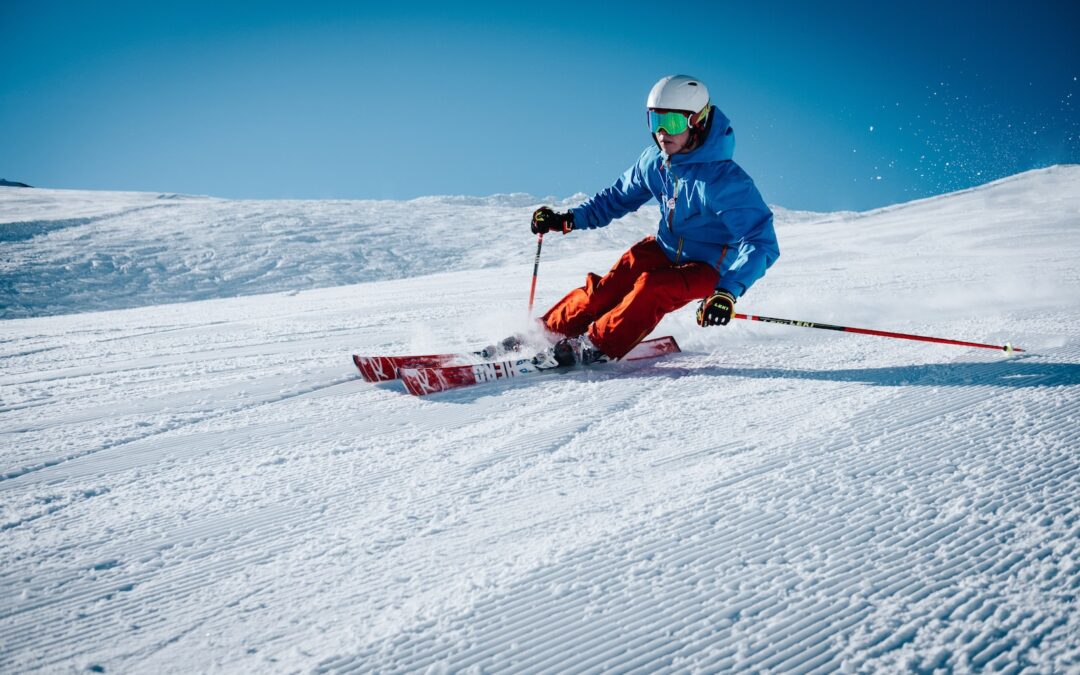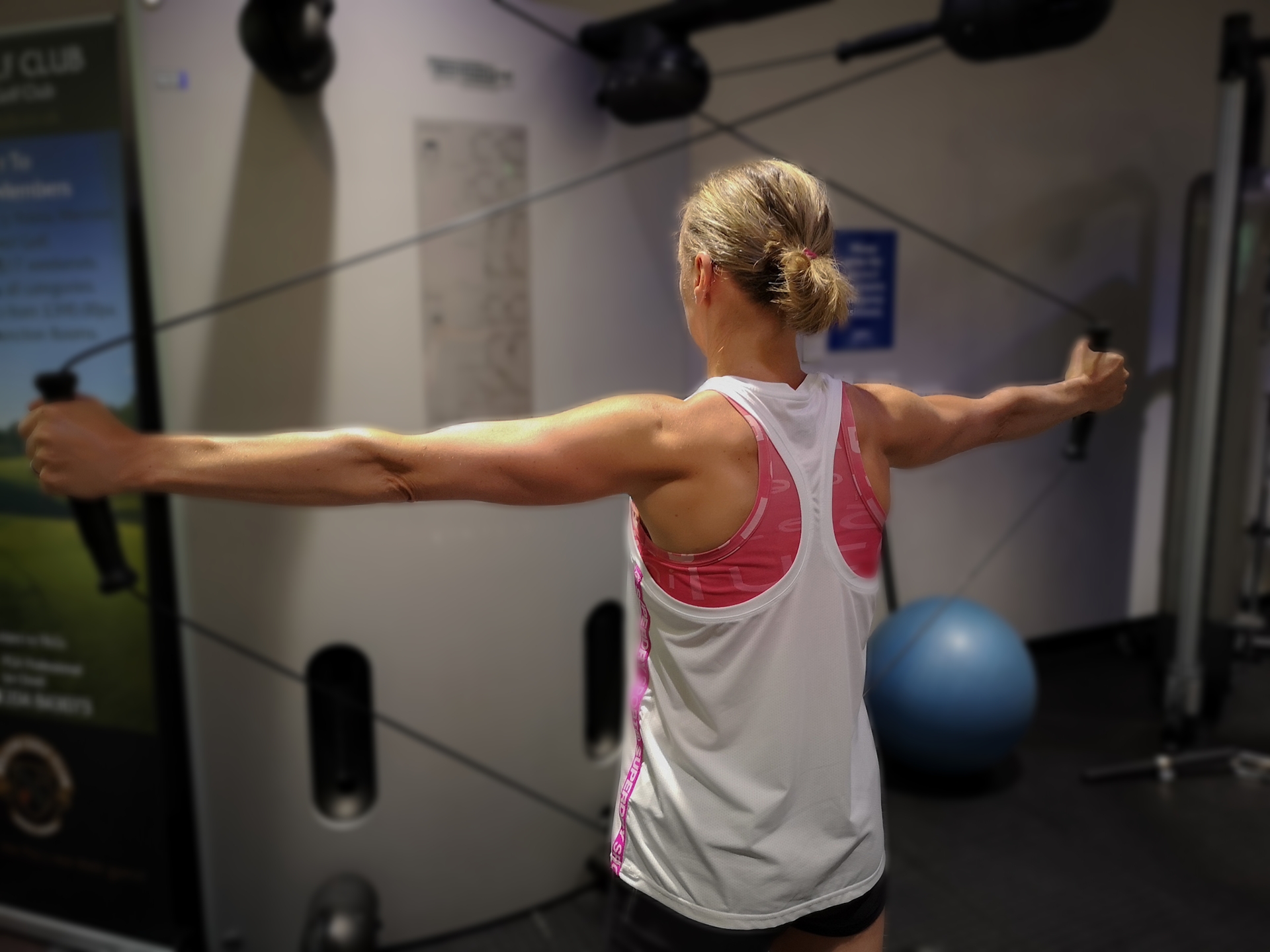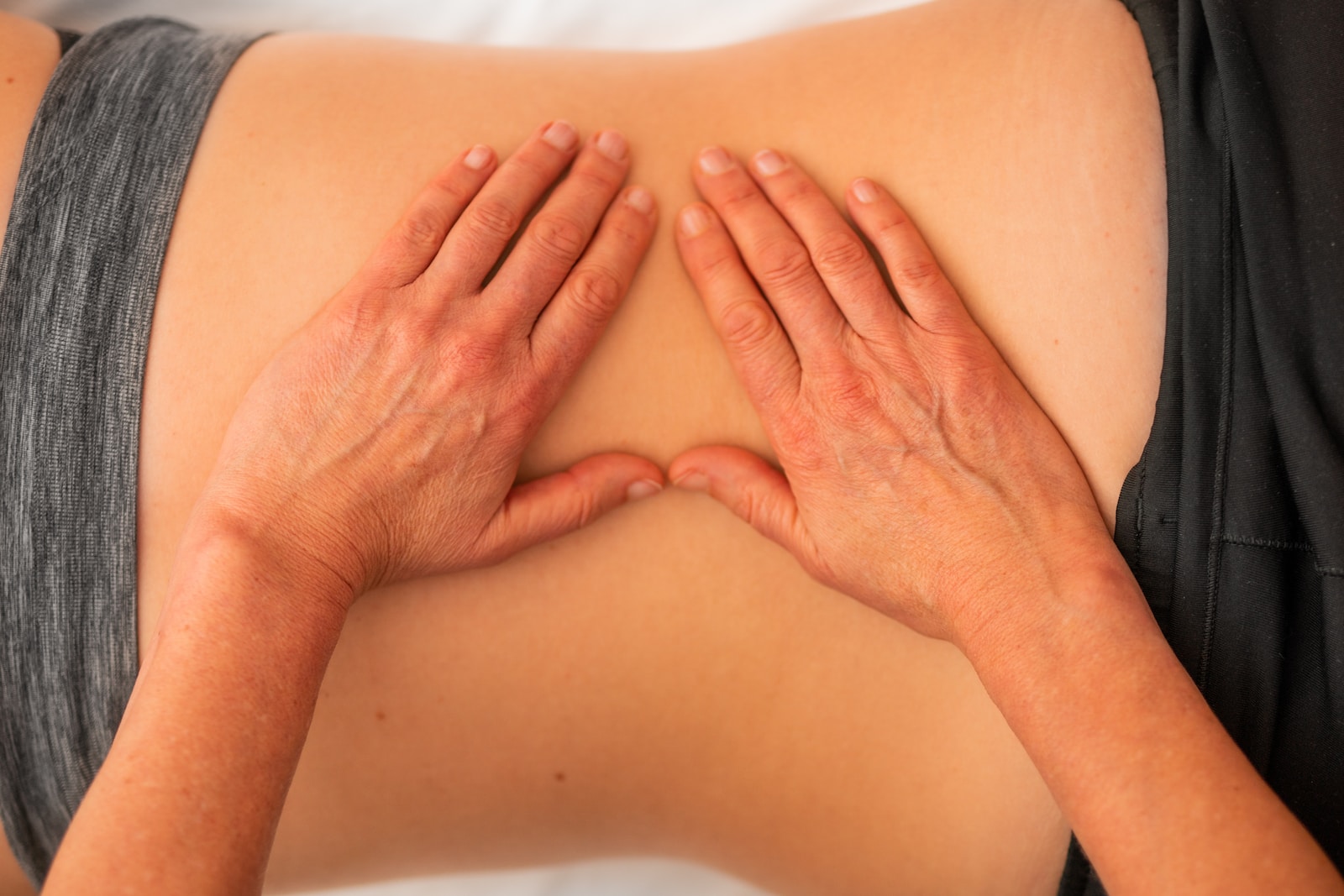Sliding Back into Skiing Action
Are you planning on getting out on the slopes this winter?
Skiing is a highlight of the winter season for many, providing a welcome getaway from the dark and drizzle of the UK. Now that the clocks have changed and the nights are drawing in, preparation for winter sports starts ramping up. However, nothing puts the fire of excitement out like an ongoing niggle or injury!

Flavour of the Month
Snow Skiing isn’t an activity that most of us can do frequently through the year, which leaves some clients feeling a bit uneasy about their readiness to get back out there. This is made worse if you already feel that you’ll be carrying an injury, along with your suitcase, when it’s time to travel.
In this series of articles, we’ll be targeting common problems that clients are concerned about in advance of getting back on the slopes. Today we’ll be discussing neck and shoulder pain, providing some tips and tricks to help you head into winter with confidence.
Neck and Shoulder Pain

Neck and shoulder pain is a common complaint: so many of our jobs involve spending lengthy periods in front of a screen, or sitting in uncomfortable positions. Others are repeatedly handling heavy goods and lifting, often outside and exposed to the elements. Sprinkle in the stresses of life and current affairs, and we can quickly find ourselves feeling a few years older than we are.
So, what causes neck and shoulder pain? Like always, we have to be careful making any suggestions about pain without knowing the details, and many factors likely contribute to neck and shoulder pain. However, the following tips are intended to get you moving and feeling robust in time for your winter activities.
4 Troubleshooting Tips!
1) Create Variety – Before we expand on this, it’s important to be clear that there’s nothing ‘bad’ or ‘unhealthy’ about working from a desk, heavy lifting, or any other variety of workplace activity. However, we start to see problems when these activities are done very repetitively, without changing position or allowing time to move. It’s common to start to feel neck and shoulder pain that gets more uncomfortable as the day goes on. Try and adjust your position as frequently as possible, giving your neck and shoulders a break.
2) Keep Moving! – Motion is lotion! Movement increases blood flow to our muscles and joints, which can help to delay those feelings of tension and achiness when working. Getting into a routine of taking regular movement breaks is a useful tool for managing symptoms. Movement breaks don’t need to disrupt your day; think of them as ‘microwave’ bursts of activity.
Something is better than nothing. Our suggestion is to try to take a 2-3 minute movement break every 30 minutes, and progress from there.
3) Challenge Yourself – Exercise is another tool in our toolbox for targeting neck and shoulder pain. In particular, resistance exercise, like using weights or bands, seems to be beneficial. Doing challenging resistance exercises, particular in overhead positions that we might not find ourselves in during the day, can replace those annoying aches with feelings of robustness.
Our neck and shoulders are areas that can be neglected with other forms of exercise, which can lead to general deconditioning over time. This becomes particularly important when it comes to sports like skiing, due to the forces they have to withstand. As in any sport, we want to make sure that our training prepares us for our activity. Adding some resistance exercises into your routine in a good starting point to prepare you for the Ski season.
4)Think ‘Big Picture’ – Not all injuries are mechanical. In fact, we can make a good case that lifestyle factors play a part in every injury that we see in clinic. So, what do we mean by lifestyle factors?
Our bodies are living organisms; necks and shoulders are just a small part of that organism. We can’t have healthy necks and shoulders if we’re not doing our bit to keep everything else in good shape. This means that getting getting enough sleep, eating a balanced diet, managing stress, and exercising (amongst many others), are crucial components in combatting aches and pains. In many cases, an imbalance in one of these factors is likely what’s driving the problems that we see through the clinic door.
Interested in more information about skiing injuries? Head to our blog page to see all our latest articles!
We’ll also be uploading some exercise videos on our Facebook and Instagram pages!
If you’re struggling with an injury and need some help getting back on your feet, click here to book an appointment with member of the Summit team today!



